Cognitive & Memory
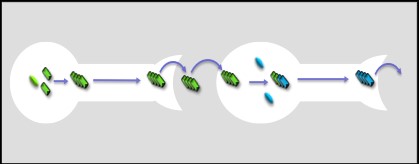
Marc Diamond, M.D.
Professor
We are interested in molecular mechanisms of tauopathies and related neurodegenerative diseases. In 2009 were among the first to propose the hypothesis that tau functions as a prion to propagate pathology throughout the nervous system. Since then we have used structural biology, biochemistry, cell biology, genetics and animal models to study this problem. We have developed cell assays that enable sensitive and specific detection and propagation of pathological conformations of tau, which forms distinct, self-replicating disease-causing assemblies termed “strains.” Using simple cell systems we have studied the composition of pathological tau in human tissues based on detection of single strains. Additionally, using animal models we find that distinct tau strains create unique patterns of cell vulnerability and rates of progression throughout the brain. We are now using advanced structural biology methods, CRISPR, and antibody design to learn how tau pathology begins, how disease-causing forms propagate from cell to cell, and how best to detect and treat tauopathy in humans.
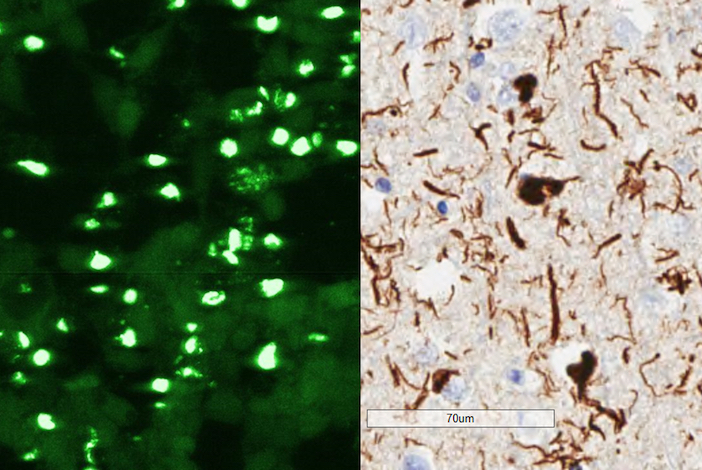
Brian Hitt, M.D., Ph.D.
Instructor
My work focuses on developing novel diagnostic methods for neurodegenerative diseases using insights about structural changes in pathological proteins such as tau. This involves using novel antibodies that recognize specific structural elements of the tau protein to characterize and classify pathology in autopsy tissue. I am also investigating ways to identify pathological forms of the tau protein in living patients.
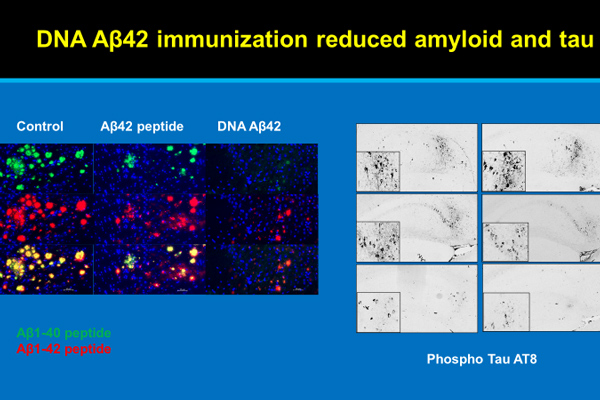
Roger Rosenberg, M.D.
Professor - Section Head
Our lab is focused on developing a DNA Abeta42 vaccine as preventive immunotherapy for Alzheimer’s disease. We have shown recently that immunization with the vaccine reduces amyloid and phospho-tau levels and also reduces inflammatory gene transcriptome numbers in the brains of 3X AD transgenic mice. The vaccine is effective in producing high levels of anti-Abeta42 antibody with a non-inflammatory immune response in mice, New Zealand white rabbits and rhesus monkeys. We are planning to develop a clinical trial to test it in humans.
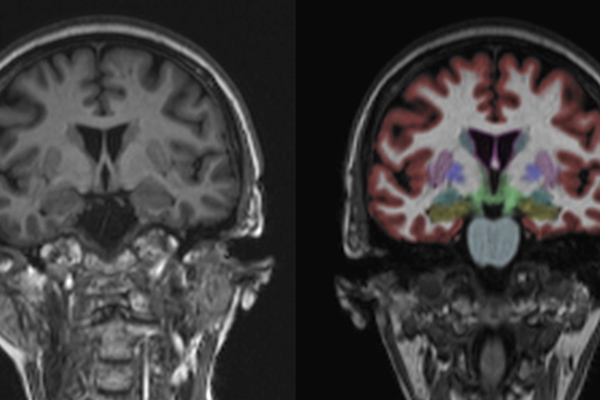
Robert Ruchinskas, Psy.D.
Professor
I am researching how neuropsychological tests can differentiate normal aging from early forms of dementia. Our Cognitive Neurology section is also investigating how measurements of various brain regions relate to memory disorders and how this information can aid in the diagnosis and treatment of neurodegenerative disorders.
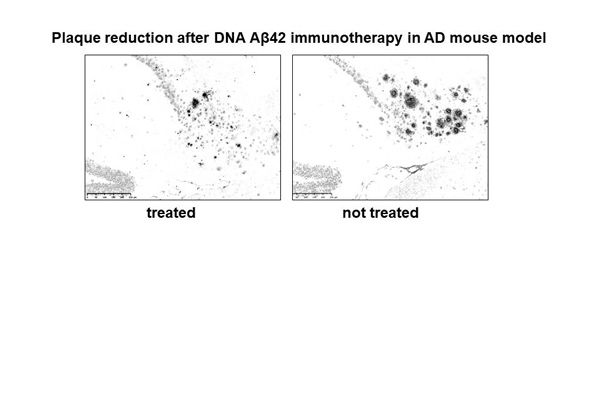
Doris Washington, Ph.D.
Assistant Professor
Our lab focuses on the development of a DNA vaccine as possible prevention therapy for Alzheimer’s disease. We developed a DNA Aβ42 plasmid containing three copies of the full-length Aβ1-42 sequence, and we have shown in mice, rabbits, and monkeys that immunization with this plasmid led to anti-Aβ antibody responses with no accompanying inflammatory cellular immune responses. Immunization in Alzheimer’s disease mouse models is effective to reduce amyloid as well as tau pathology. Our goal is a clinical trial and treat AD patients with this vaccine.
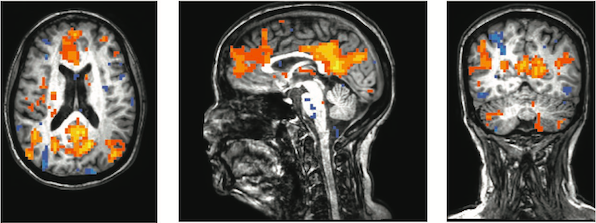
Rong Zhang, Ph.D.
Professor
Our lab studies the impact of cardiovascular risk factors, dietary interventions, sleep, and exercise on brain structure, function, and perfusion with an ultimate goal to improve brain health and quality-of-life in middle-aged and older adults. Our team is multidisciplinary. We use the state-of-the-art neuroimaging (transcranial doppler, duplex ultrasonography, near infrared spectroscopy, MRI, and PET), integrative systems physiology, and randomized controlled trial (RCT) approaches to address some of the key questions in brain aging and Alzheimer’s disease prevention.
